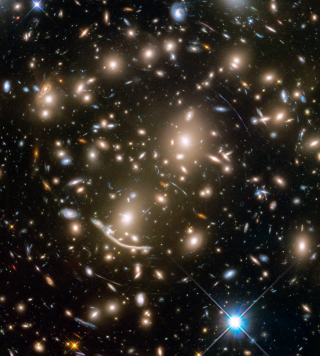Bibcode
Gasparri, D.; Morelli, L.; Cuomo, V.; Ivanov, V. D.; Pizzella, A.; François, P.; Coccato, L.; Corsini, E. M.; Costantin, L.; Dalla Bontà, E.; Méndez-Abreu, J.; Aguerri, J. A. L.
Bibliographical reference
Monthly Notices of the Royal Astronomical Society
Advertised on:
5
2024
Citations
3
Refereed citations
2
Description
Recent advances in the stellar population studies of unresolved galaxies in the NIR domain demonstrated that it contains several line-strength indices to be potentially used as diagnostics for stellar population properties. Reduction of the extinction and possibility to disentangle different stellar populations dominating different spectral ranges are obviously beneficial. To this aim, we have investigated the connections between 19 Lick/IDS indices and 39 NIR indices measured in the central regions of 32 galaxies observed with X-shooter. We adopted a systematic approach to deriving a correlation matrix using all the optical and NIR indices measured for the galaxies and building new NIR composite indices to maximize their correlations with the best age and metallicity optical tracers. We found that the new T1 and [AlFeCr] composite indices are promising age and metallicity diagnostics in NIR, respectively. We finally tested the T1 and [AlFeCr] indices with the predictions of simple stellar populations models, and we found that the models show a general agreement with the data. Some fine tuning and further comparison between models and data, which are now largely available, is necessary to reach the prediction level of the optical line-strength indices.
Related projects

Galaxy Evolution in Clusters of Galaxies
Galaxies in the universe can be located in different environments, some of them are isolated or in low density regions and they are usually called field galaxies. The others can be located in galaxy associations, going from loose groups to clusters or even superclusters of galaxies. One of the foremost challenges of the modern Astrophysics is to
Jairo
Méndez Abreu